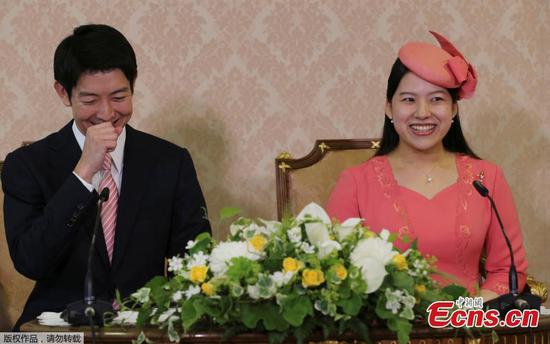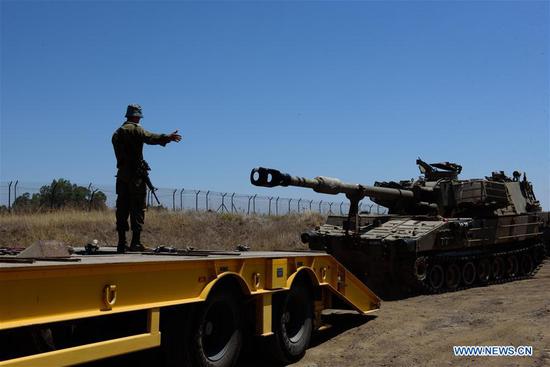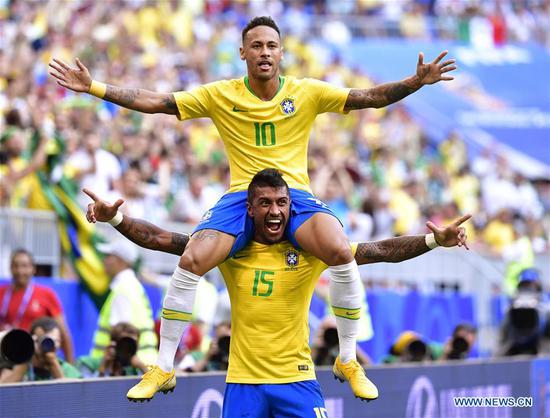Why now?
The basketball event will kick off on Wednesday to commemorate the July 4 Joint Communique, which was the first communique agreed upon and jointly announced by the two Koreas since the division of the peninsula in 1945.
The peninsula remains technically in a state of war as the 1950-1953 Korean War ended in armistice without a peace treaty.
On July 4, 1972, Pyongyang and Seoul announced the joint communique on three principles of the reunification of the two sides:
– First, unification shall be achieved independently, without depending on foreign powers and without foreign interference.
– Second, unification shall be achieved through peaceful means, without resorting to the use of force against each other.
– Third, a great national unity as one people shall be sought first, transcending differences in ideas, ideologies, and systems.
Despite repeated reiteration by the two Koreas to pursue ultimate unification, the goal still seems quite distant, given years of tensions before the thaw in their ties.
However, if the hypothesis of merging and unifying the two Koreas was true, a unified Korea would have a great economic prospect, according to Chen Gong, the chief research fellow with Beijing-based private strategic think tank Anbound.

With an increase in population and a combination of the DPRK's cheap labor and the ROK's wealth and technology, there is a chance that the GDP of the unified country would expand to more than 2.1 trillion US dollars, Chen wrote in a commentary for Global Times last month.
"A unified Korea would have an economy half the size of Japan's, or larger than the economies of Brazil, Italy or Canada," he noted.
But he acknowledged that the DPRK and the ROK "still face tough obstacles including ideology, capital, nuclear weapons and internal political stability on the path toward genuine unification," adding that the United States is also a key factor.


















































